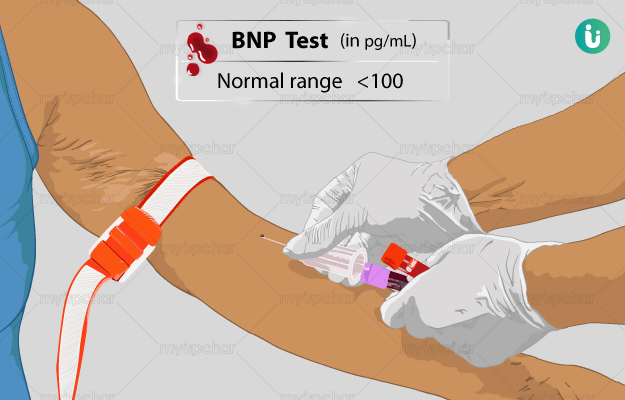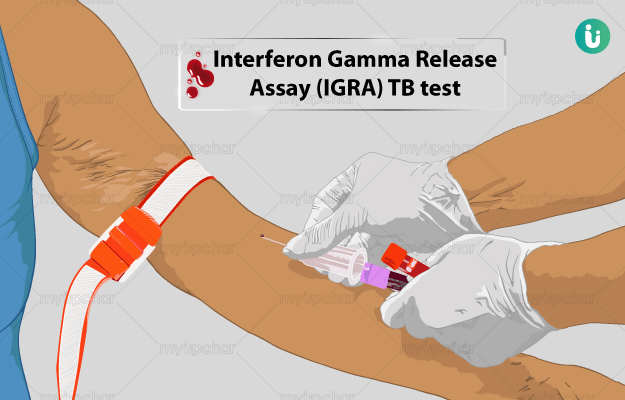What is BNP (B-Type Natriuretic Peptide) test?
A BNP test is performed to determine the level of a hormone called BNP in your blood. BNP helps in the regulation of blood volume and is produced in the left ventricle (left lower chamber) of our heart. However, higher than normal BNP levels in the bloodstream could be an indication of heart failure. This is because when the left ventricle stretches, the level of BNP in the blood rises significantly. This rise in BNP indicates that the heart is getting overworked in order to meet the body’s demand for oxygen. The primary feature of heart failure is that in this state the heart does not remain strong enough to meet the body’s needs. It can also indicate other issues related to our circulatory system.
It is important to note that the level of BNP remains higher in women than in men.




















